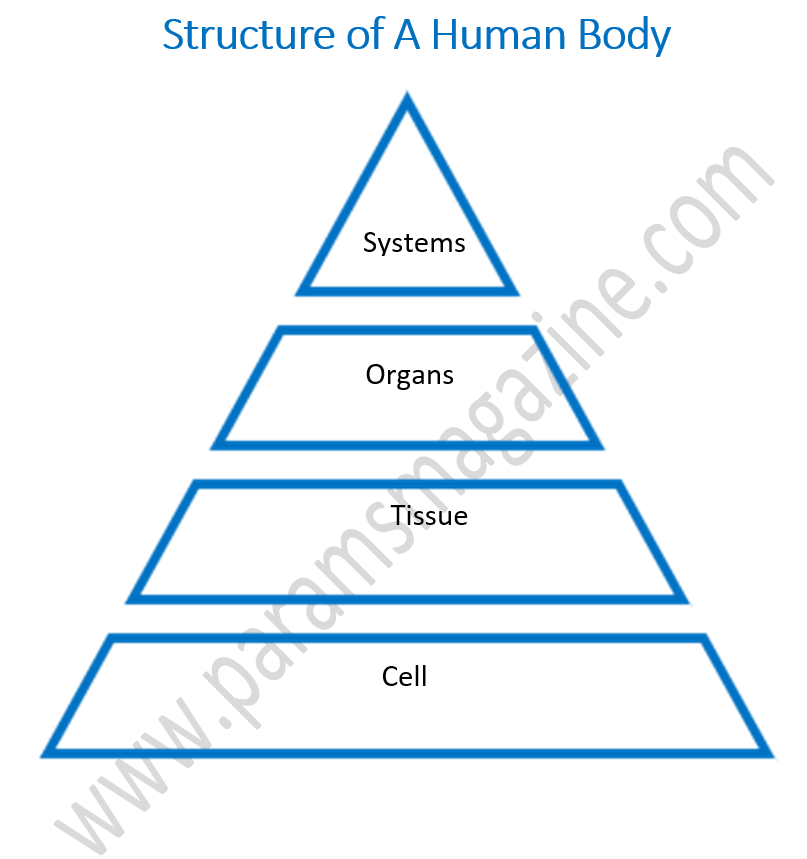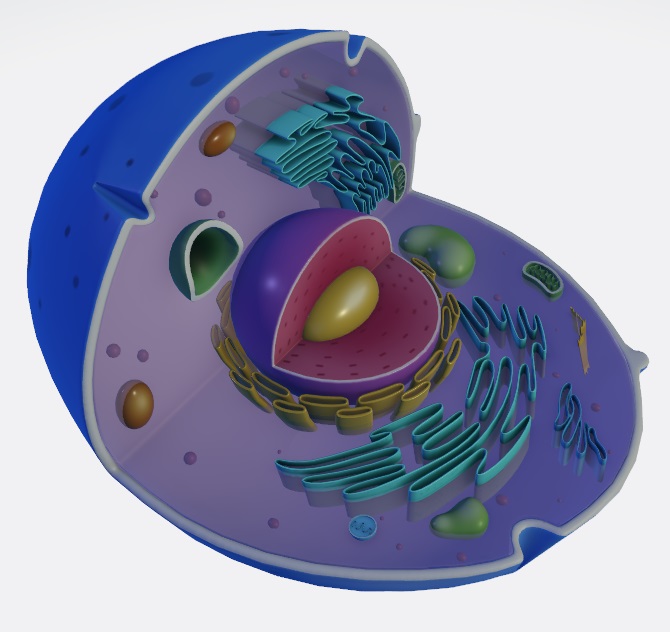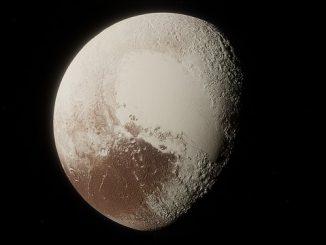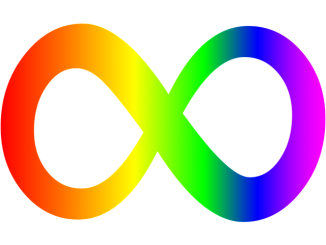
What is Cell? Why is a Cell called the Fundamental Building Block of a Living Organism?
What is Cell? How are the bodies of humans and other living organisms built up? In other words, what are the fundamental building blocks of living things? This science article has answers to these questions.
A concrete building is built up of many walls; Every wall is built up of hundreds of thousands of bricks. Thus, bricks are the fundamental building block of a huge building.
Similarly, every living organism is built up of one or more cells; The cells are the fundamental building block(s) of any living organism.
The Earth is home for millions of species. It ranges form single celled organisms like amoeba, to largest multicellular animals like huge blue whales and plants like huge banyan trees.
On an average, there are more than 30 trillion cells available in an adult human body. These cells are not visible to the naked eye. [30 trillion cells = 300 thousand crore = 3 lakh crore = 30, 000, 000, 000, 000 cells].
A group of cells forms a tissue; A group of tissues forms an organ; A system constitutes many organs; A body is formed by many systems like skeletal systems, muscular systems, etc.
Major Functions of the Cell
- The pyramid diagram at the top depicts that a human body is built of cells. The cell is shown at the base of the pyramid. That is, the figure shows that cells are the fundamental building blocks of a human body.
- The food that we eat is dissolved in our blood stream as glucose; The cells in our body convert this glucose in to energy, with the help of oxygen present in the red blood cells. This process is called cellular respiration. Various parts of our body utilise this energy for doing many functions.
It is obvious from the above statement that, oxygen is essential for the energy conversion. The atmospheric air that we breathe in, contains oxygen. It reaches the lungs where in, the oxygen is absorbed by the red blood cells present in the blood stream. The heart transports the oxygenated blood to every tissue and hence to every cell in the body.
In addition, the cells store the genetic related information in their nuclei. This information needed for the formation of new cells.
Relationship between the Systems, Organs, Tissues and Cells
Human body has many systems like muscular system, skeletal system, nervous system, blood circulatory system, digestive system, etc.
For instance, heart is the most important organ of the blood circulatory system. It is made of special muscular tissues. These special tissues are made of billions of cells. Similarly, muscles, blood, bones, nerves, etc are various kind of tissues. These tissues are made of their respective cells. The cells have various shapes depending on the function of their tissues and the system to which they belong.
For the reasons mentioned in the previous paragraphs, a cell is called the fundamental building block of a living organism.
Size of a Cell
The size of a cell is in the order of 10 microns to 100 microns. That means, one hundredth of a millimetre to one tenth of a millimetre.
1 micron = 1 micrometre = one thousandth of a millimetre. In order to visualize a particle of size of 1 micron, let us consider a tiny object like mustard. The size (diameter) of a mustard is approximately equal to 2.5 mm. If a mustard is divided (broken) in to 2500 equal parts, then the size of one of the divided pieces (particles) will be equal to 1 micrometre (that is, 1 micron).
How Does a Cell Look Like?
How do we see the invisible cells that are of the size of 10 to 100 microns? In other words, which instrument is used to see the cells?
The answer to the above question is “microscope“. The picture below shows the structure of an animal cell. This is how an animal cell looks like when viewed using a microscope. Also, a human cell looks like this.

Cell Organelles
An animal cell consists of micro organelles. These organelles build up the cell. In addition, they play different roles. These cell organelles are enveloped by a thin membrane called cell membrane or plasma membrane. It facilitates the transport (or diffusion) of materials like food, water, oxygen and other nutrients to and from the cell.
The cell is filled with a jelly like substance called cytoplasm. A spherical shaped nucleus is located in the central part of the cell. The nucleus contains the genetic information of the cell and the directions (instructions) required for various chemical activities of the cell . Also, other cell organelles like Mitochondria, Golgi bodies, Ribosomes, Lysosomes, Rough Endoplasmic Reticulum, Smooth Endoplasmic Reticulum, etc are embedded on the cytoplasm in the space between the nucleus and cell membrane. This article tells what is a cell all about? Since more details on the cell organelles will be out of scope of this article, they will be discussed later in detail in another article.



Be the first to comment